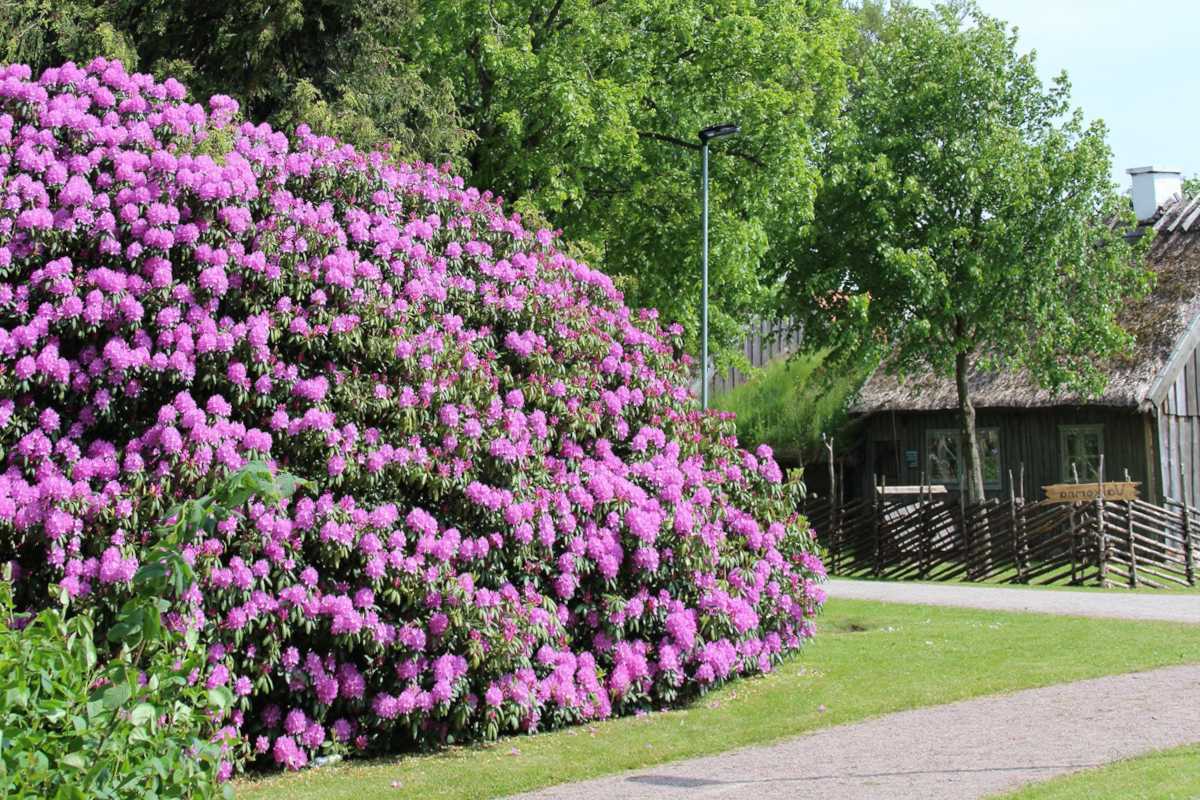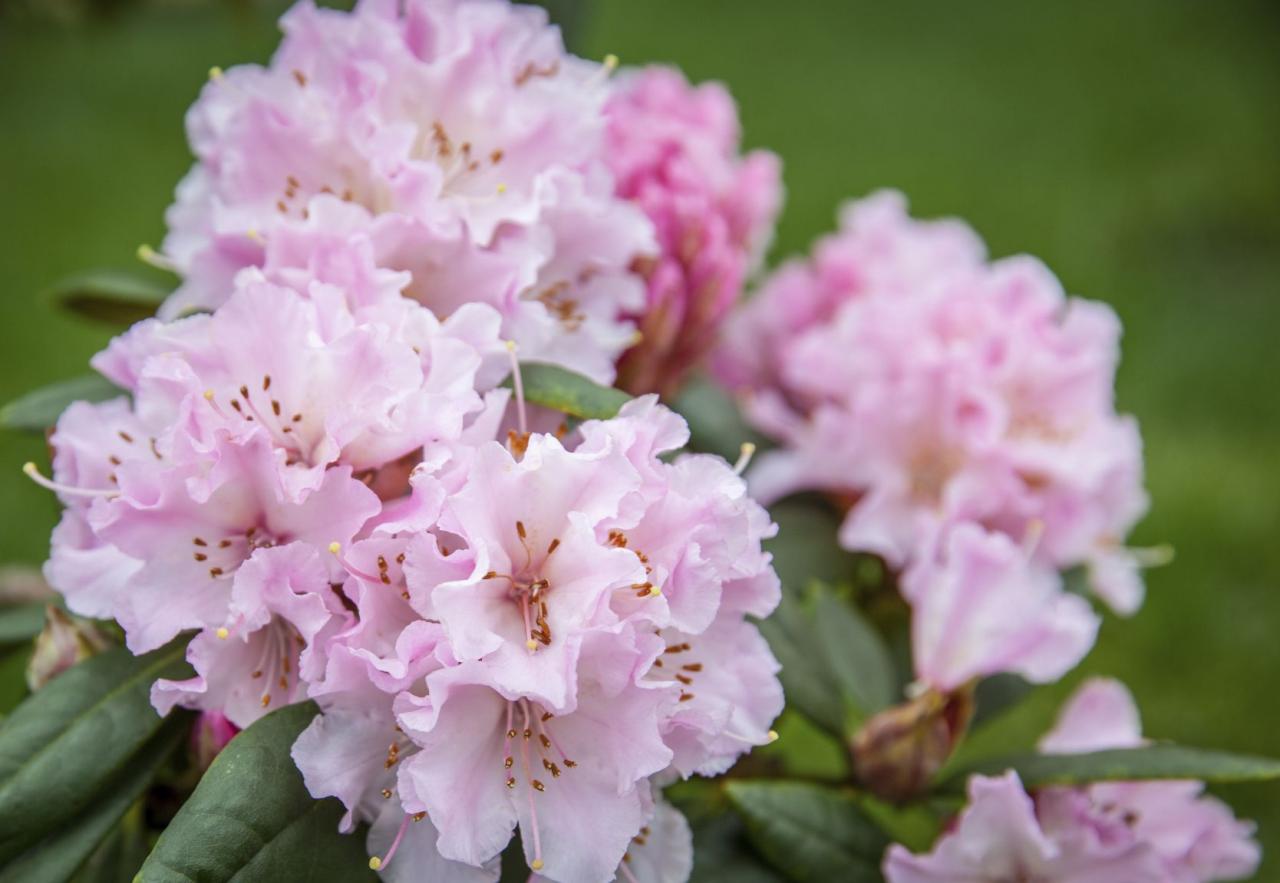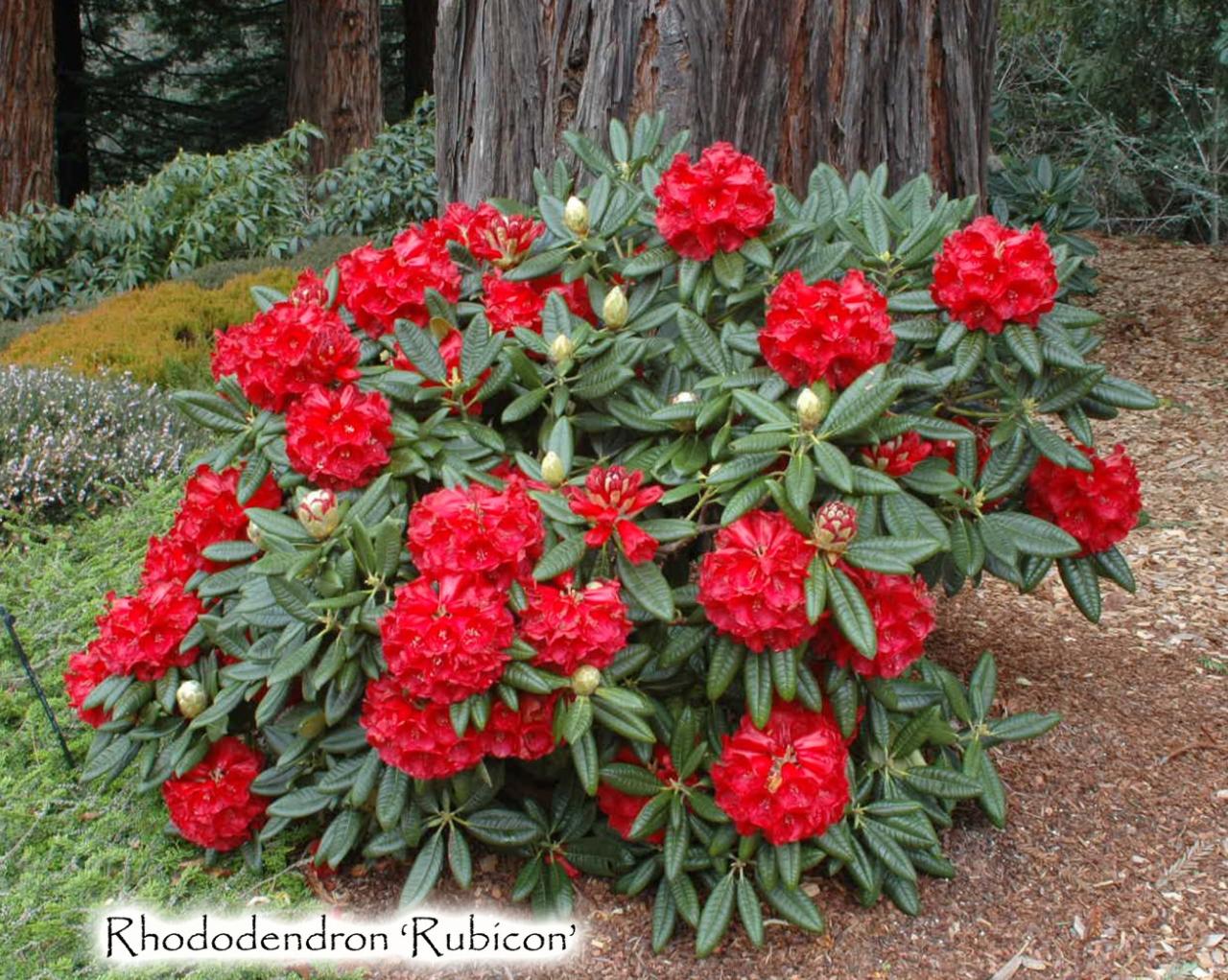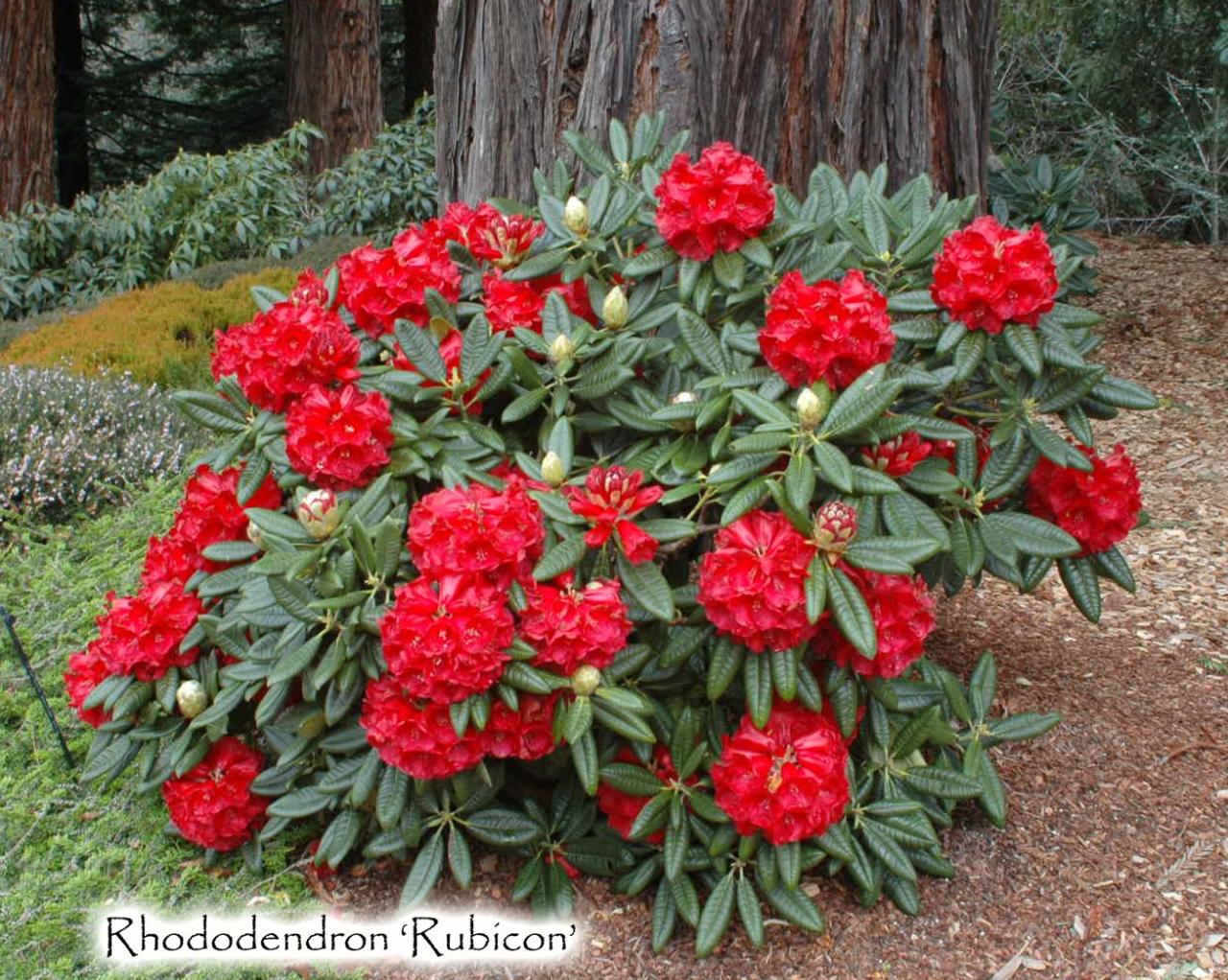How to Keep Your Rodgers Plant Looking Fabulous All Year: Rodgers plants, with their lush foliage and vibrant colors, can be a stunning addition to any home or garden. But keeping them thriving requires a bit of knowledge and care.
From understanding their basic needs to mastering the art of pruning and propagation, this comprehensive guide will equip you with the essential tools to ensure your Rodgers plant remains a vibrant focal point throughout the year.
This guide will cover the key aspects of caring for a Rodgers plant, from providing the ideal growing environment to addressing common problems. We’ll delve into the best watering techniques, light conditions, and fertilization methods to promote healthy growth. We’ll also explore the importance of regular inspection, pruning, and propagation for maintaining a beautiful and flourishing plant.
Understanding the Needs of a Rodgers Plant
To ensure your Rodgers plant thrives and maintains its vibrant appearance throughout the year, understanding its specific environmental needs is crucial. By providing the right conditions, you can cultivate a healthy and flourishing plant.
Ideal Light Conditions
Rodgers plants, often referred to asPhilodendron hederaceum*, prefer bright, indirect light. Direct sunlight can scorch their leaves, causing them to turn brown and crispy. The ideal location for a Rodgers plant is near a window that receives filtered sunlight, such as an east-facing window.
Optimal Temperature Range
Rodgers plants thrive in warm temperatures, making them well-suited for indoor environments. The ideal temperature range for these plants is between 65°F and 80°F (18°C to 27°C). Avoid placing them near drafts or cold windows, as these fluctuations can stress the plant.
Humidity Levels
Rodgers plants appreciate high humidity levels, which mimic their natural tropical environment. To increase humidity around your plant, you can consider the following:
- Grouping your plants together: The combined transpiration from multiple plants increases the humidity in their surrounding area.
- Using a humidifier: A humidifier can effectively increase the humidity levels in a room.
- Placing a pebble tray: Fill a tray with pebbles and add water, ensuring the water level is below the pebbles. Place your plant on top of the pebbles, allowing the water to evaporate and increase humidity.
Soil Composition
Rodgers plants prefer well-draining soil that is slightly acidic. A good potting mix for these plants is a combination of:
- Potting soil: Provides essential nutrients and structure for the plant.
- Perlite: Improves drainage and aeration, preventing the soil from becoming waterlogged.
- Coco coir: Adds moisture retention and helps create a slightly acidic environment.
Watering Techniques for a Flourishing Rodgers Plant
Providing the right amount of water is crucial for the health and vitality of your Rodgers plant. Overwatering or underwatering can lead to various issues, including root rot, wilting, and stunted growth. Understanding the watering needs of your Rodgers plant and implementing appropriate techniques will ensure its optimal growth and beauty throughout the year.
Keeping your Rodgers plant looking fabulous all year requires a combination of proper care and attention. To ensure your plant thrives, it’s crucial to understand its needs for optimal growth. By following the guidelines outlined in How to Get Your Rodgers Plant to Grow Faster and Healthier , you can encourage healthy development, leading to a lush and vibrant plant that will be the envy of your neighborhood.
With a little effort, you’ll be able to enjoy the beauty of your Rodgers plant all year round.
Watering Frequency Based on Seasons, How to Keep Your Rodgers Plant Looking Fabulous All Year
The frequency of watering your Rodgers plant should vary based on the season and environmental conditions.
- Spring and Summer: During these warmer months, the plant is actively growing and requires more frequent watering. Aim to water when the top inch of soil feels dry to the touch.
- Fall and Winter: As temperatures cool down, the plant’s growth slows down, and its water requirements decrease. Reduce watering frequency to once every two weeks or even less, depending on the dryness of the soil.
Signs of Overwatering and Underwatering
Recognizing the signs of overwatering and underwatering is essential for adjusting your watering routine and preventing damage to your plant.
Keeping your Rodgers plant thriving year-round requires consistent care, from providing the right amount of sunlight to ensuring proper drainage. But beyond individual plant care, you can also design a beautiful garden that showcases the unique beauty of Rodgers plants.
If you’re looking for inspiration, check out How to Design a Beautiful Garden Featuring Rodgers Plants for tips on creating a stunning landscape. By understanding the needs of your Rodgers plants and integrating them thoughtfully into your garden design, you can enjoy their vibrant foliage and striking blooms all year long.
- Overwatering: Yellowing leaves, wilting stems, and a mushy feel to the soil are common signs of overwatering. If left unchecked, root rot can develop, leading to plant death.
- Underwatering: Dry, brittle leaves, wilting stems, and a dry, cracked soil surface indicate underwatering. While Rodgers plants are somewhat drought-tolerant, prolonged underwatering can stress the plant and affect its growth.
Importance of Well-Draining Soil and Pots with Drainage Holes
Using well-draining soil and pots with drainage holes is crucial for preventing overwatering and promoting healthy root growth.
- Well-Draining Soil: A soil mix that allows excess water to drain away quickly is essential. A mixture of potting soil, perlite, and vermiculite provides excellent drainage and aeration for Rodgers plants.
- Pots with Drainage Holes: Pots with drainage holes allow excess water to escape, preventing waterlogging and root rot. Avoid using pots without drainage holes, as this can lead to water buildup and damage the plant.
Optimizing Light Conditions for a Rodgers Plant
Providing the right amount of light is crucial for a Rodgers plant’s health and vibrancy. Understanding the difference between direct and indirect sunlight and its impact on the plant is essential for creating an ideal growing environment.
Light Requirements for a Rodgers Plant
Rodgers plants thrive in bright, indirect light. This means they need plenty of light but not direct sunlight, which can scorch their leaves. Direct sunlight can cause the leaves to turn yellow, brown, or even wilt.
Best Locations for a Rodgers Plant
- Indoors:A south-facing window is ideal, but be sure to place the plant a few feet away from the window to avoid direct sunlight. East- or west-facing windows are also suitable, but the plant may need to be moved closer to the window during the winter months when light levels are lower.
- Outdoors:Rodgers plants can be grown outdoors in a shaded location, such as under a tree or on a porch. Avoid placing them in areas that receive direct sunlight for extended periods.
Benefits of Artificial Light Sources for Indoor Plants
Artificial light can be a valuable tool for providing adequate light to indoor plants, especially during the winter months when natural light is limited.
- Consistent Light:Artificial light sources provide a consistent light source, which can help to promote healthy growth.
- Control:Artificial light allows for control over the intensity and duration of light exposure. This is particularly beneficial for plants that require specific light conditions.
- Flexibility:Artificial light sources can be placed in various locations, allowing for flexibility in plant placement.
Feeding Your Rodgers Plant for Continuous Growth

Providing your Rodgers plant with the right nutrients is crucial for its continuous growth and vibrant appearance. Regular fertilization helps replenish the soil’s nutrients, ensuring the plant has access to the essential elements it needs to thrive.
Types of Fertilizers Suitable for Rodgers Plants
Rodgers plants, like many other houseplants, benefit from a balanced fertilizer. This means it contains a mix of nitrogen (N), phosphorus (P), and potassium (K), essential for healthy growth, root development, and flowering. Here are some suitable fertilizer options:
- Liquid fertilizers:These are readily available and easy to apply. Look for a balanced formula specifically designed for houseplants, with an NPK ratio of 20-20-20 or similar.
- Granular fertilizers:These release nutrients slowly over time, reducing the need for frequent applications. Opt for slow-release granular fertilizers specifically formulated for houseplants.
- Organic fertilizers:These are environmentally friendly and can improve soil structure. Examples include compost, worm castings, and fish emulsion.
Optimal Frequency and Dosage of Fertilizer Application
The frequency and dosage of fertilizer application depend on the type of fertilizer used and the plant’s growth stage.
- Liquid fertilizers:Apply diluted liquid fertilizer every two to four weeks during the growing season (spring and summer).
- Granular fertilizers:Apply a small amount of granular fertilizer every three to four months, following the manufacturer’s instructions.
- Organic fertilizers:Apply a thin layer of organic fertilizer around the base of the plant every three to four months.
Always follow the manufacturer’s instructions for specific fertilizer products. Over-fertilizing can be harmful to the plant, potentially causing root burn and leaf damage.
Observing the Plant’s Response to Fertilization
Pay attention to your Rodgers plant’s response to fertilization. Signs of healthy growth include vibrant green leaves, new growth, and flowering. If you notice signs of over-fertilization, such as yellowing or browning leaves, reduce the frequency or dosage of fertilizer application.
Preventing and Addressing Common Problems

While Rodgers plants are generally resilient, they can be susceptible to certain pests and diseases. Understanding these potential issues and implementing preventative measures can help ensure your plant thrives. Regular inspection is crucial for early detection, allowing for timely intervention and minimizing damage.
Identifying Common Pests and Diseases
Rodgers plants can be affected by various pests and diseases, each with its unique characteristics and symptoms. It’s important to be able to identify these issues early on to prevent further damage and ensure the plant’s health.
- Spider Mites:These tiny pests are often difficult to spot with the naked eye, but their presence can be indicated by fine webbing on the plant’s leaves. They feed on plant sap, causing yellowing and browning of leaves.
- Mealybugs:These soft-bodied insects are covered in a white, powdery substance and often cluster on the underside of leaves and stems. They can cause stunted growth and leaf discoloration.
- Aphids:These small, pear-shaped insects can be found in various colors, including green, black, and brown. They typically cluster on the underside of leaves and can cause leaf curling and distortion.
- Root Rot:This fungal disease occurs when the soil remains excessively wet, leading to root decay. Symptoms include wilting, yellowing leaves, and a foul odor from the soil.
- Leaf Spot:This fungal disease manifests as brown or black spots on leaves, which can eventually spread and cause leaf drop. It’s often favored by high humidity and poor air circulation.
Preventing Pests and Diseases
Proactive measures are essential in preventing pest and disease infestations in your Rodgers plant.
- Regular Inspection:Regularly inspect your plant for any signs of pests or diseases, paying close attention to the underside of leaves and stems. Early detection allows for prompt action and minimizes damage.
- Proper Watering:Avoid overwatering, as it can lead to root rot. Allow the soil to dry slightly between waterings, ensuring good drainage.
- Good Air Circulation:Ensure adequate air circulation around your plant to prevent the buildup of humidity, which can encourage fungal growth.
- Use of Insecticidal Soap:For infestations of pests like spider mites, mealybugs, and aphids, a mild insecticidal soap can be used. It’s important to follow the manufacturer’s instructions carefully.
- Fungicides:For fungal diseases like root rot and leaf spot, a fungicide can be applied to the soil or leaves. Consult a gardening expert or local nursery for specific recommendations.
Treating Pests and Diseases
If you discover signs of infestation or disease, prompt action is crucial to prevent further damage.
- Isolate the Plant:To prevent the spread of pests or diseases, isolate the affected plant from other plants.
- Remove Affected Parts:If you notice any diseased or infested leaves or stems, remove them immediately to prevent further spread.
- Apply Treatment:Depending on the specific issue, apply the appropriate treatment, such as insecticidal soap, fungicide, or other solutions recommended by a gardening expert.
Pruning and Shaping Your Rodgers Plant
Pruning is a crucial practice for maintaining the health and vitality of your Rodgers plant, ensuring its continued growth and aesthetic appeal. It involves the selective removal of branches and leaves, encouraging the plant to produce new growth and maintain a desired shape.
The Purpose of Pruning
Pruning is a vital aspect of Rodgers plant care, offering numerous benefits. It helps to:
- Control Growth and Shape:By removing excess growth, you can maintain the desired size and shape of your plant, preventing it from becoming overgrown and unmanageable. This is particularly important for indoor plants where space is limited.
- Promote Bushier Growth:Pruning encourages the plant to produce new shoots, resulting in a denser and more compact growth habit. This can create a fuller and more visually appealing plant.
- Remove Dead or Diseased Branches:Removing dead or diseased branches prevents the spread of disease and allows the plant to focus its energy on healthy growth. It also improves the overall health and vigor of the plant.
- Enhance Air Circulation:Pruning can improve air circulation within the plant, reducing the risk of fungal diseases and pests that thrive in humid environments.
- Encourage Blooming:Some Rodgers plants may produce flowers, and pruning can stimulate flowering by removing older branches and encouraging new growth.
How to Prune a Rodgers Plant
Pruning a Rodgers plant is a relatively simple process, but it requires some knowledge and attention to detail. Here’s a step-by-step guide:
- Gather Your Tools:You will need sharp, clean pruning shears or a pair of scissors. Dull tools can damage the plant and increase the risk of disease.
- Identify the Areas to Prune:Examine your plant carefully, identifying any dead, diseased, or crossing branches. Look for branches that are growing too long or out of shape.
- Make Clean Cuts:When pruning, make clean cuts just above a leaf node or bud. This encourages new growth from that point. Avoid leaving stubs, which can become infected.
- Prune Regularly:It’s best to prune your Rodgers plant regularly, removing any unwanted growth as it appears. This will help to maintain its shape and health.
- Sterilize Your Tools:After pruning, sterilize your tools with rubbing alcohol or a bleach solution to prevent the spread of disease.
Best Time to Prune
The best time to prune a Rodgers plant is during its active growing season, typically in spring or early summer. This allows the plant to recover quickly from the pruning and focus its energy on new growth. However, you can also prune your Rodgers plant in late fall or winter if necessary.
Avoid pruning during the plant’s dormant period, as this can stress the plant and make it more susceptible to disease.
Propagating Your Rodgers Plant: How To Keep Your Rodgers Plant Looking Fabulous All Year
Rodgers plants, known for their captivating foliage and ease of care, can be easily multiplied through various propagation methods. This allows you to expand your collection or share these beautiful plants with others.
Propagation Methods
The most common methods for propagating Rodgers plants include:
- Division: This method is ideal for mature Rodgers plants with multiple growth points. It involves separating the plant into smaller divisions, each with its own root system.
- Stem Cuttings: This method involves taking cuttings from the stems of the Rodgers plant and rooting them in a suitable medium. It’s a simple and effective way to propagate new plants.
- Leaf Cuttings: This method, while less common, can also be used for Rodgers plants. It involves taking leaf cuttings with a small portion of the stem attached and rooting them in a suitable medium.
Division
Division is the simplest and most successful method for propagating Rodgers plants. The best time for division is during the spring or early summer when the plant is actively growing.
- Prepare the Plant: Gently loosen the soil around the Rodgers plant to make it easier to remove from the pot or garden bed. If the plant is in a pot, carefully tip it out of the pot.
- Separate the Divisions: Use a sharp knife or garden shears to carefully separate the plant into smaller divisions. Each division should have its own healthy root system and at least one growth point.
- Plant the Divisions: Plant the newly divided Rodgers plants in individual pots or in a prepared garden bed. Ensure the soil is well-draining and provide adequate watering.
Stem Cuttings
Stem cuttings are a popular method for propagating Rodgers plants. The best time for taking stem cuttings is during the spring or summer when the plant is actively growing.
- Select the Cuttings: Choose healthy, non-flowering stems from the Rodgers plant. Cuttings should be about 4-6 inches long and have at least two sets of leaves.
- Prepare the Cuttings: Remove the lower leaves from the cuttings, leaving only the top two or three sets of leaves. Dip the cut end of the cutting in rooting hormone, which helps to stimulate root growth.
- Plant the Cuttings: Plant the prepared cuttings in a pot filled with a suitable rooting medium, such as a mixture of peat moss and perlite. Keep the cuttings moist and provide them with bright, indirect light.
Leaf Cuttings
Leaf cuttings are less common but can be used to propagate Rodgers plants. The best time for taking leaf cuttings is during the spring or summer when the plant is actively growing.
- Select the Cuttings: Choose healthy, mature leaves from the Rodgers plant. Make sure to take a small portion of the stem attached to the leaf.
- Prepare the Cuttings: Remove the lower portion of the leaf blade, leaving only the top part of the leaf and the stem attached. Dip the cut end of the stem in rooting hormone.
- Plant the Cuttings: Plant the prepared cuttings in a pot filled with a suitable rooting medium, such as a mixture of peat moss and perlite. Keep the cuttings moist and provide them with bright, indirect light.
Designing a Stunning Display with Your Rodgers Plant
Your Rodgers plant, with its captivating foliage and graceful form, is a natural showstopper. But to truly make it shine, consider the art of display, creating a visual masterpiece that celebrates its unique beauty. This involves carefully selecting complementary elements, be it other plants, decor, or even the surrounding environment.
Choosing Complementary Plants and Decor
The key to a visually appealing display lies in creating a harmonious blend of colors, textures, and shapes. Think of your Rodgers plant as the centerpiece, and choose companions that enhance its natural beauty.
- Color Harmony:The vibrant greens of a Rodgers plant pair beautifully with shades of pink, purple, and white. Consider adding flowers like hydrangeas, petunias, or begonias to introduce pops of color.
- Textural Contrast:The smooth, glossy leaves of a Rodgers plant can be juxtaposed with plants featuring different textures, such as the feathery foliage of ferns or the spiky leaves of succulents.
- Shape and Form:The cascading nature of a Rodgers plant creates a sense of movement. Enhance this by incorporating plants with contrasting forms, like upright cacti or trailing vines.
- Decorative Elements:Enhance the display with decorative elements that complement the natural beauty of the Rodgers plant. For example, a rustic wooden planter or a ceramic pot with a geometric design can add visual interest.
Creating a Visually Appealing Arrangement
The way you arrange your Rodgers plant and its companions is crucial to achieving a visually pleasing display.
- Focal Point:Position the Rodgers plant as the central element, drawing the eye towards its beauty.
- Layered Arrangement:Create depth and interest by layering plants of varying heights. Place taller plants behind the Rodgers plant, while shorter plants can be positioned in front.
- Balance and Symmetry:Strive for balance and symmetry in the arrangement. This can be achieved by distributing the plants evenly around the Rodgers plant, or by creating a symmetrical design.
- Consider the Space:Take into account the size and shape of the space where you will be displaying the Rodgers plant. For a small space, choose a compact arrangement, while a larger space allows for a more elaborate display.
Concluding Remarks

By following these tips and techniques, you can confidently create a flourishing and vibrant Rodgers plant that will be the envy of your neighborhood. Remember, consistency is key. With a little attention and care, your Rodgers plant will reward you with its beauty and longevity, adding a touch of natural elegance to your surroundings.
Expert Answers
What is the best way to repot a Rodgers plant?
When repotting, choose a pot slightly larger than the current one. Use well-draining soil and gently remove the plant from its original pot. Place it in the new pot, ensuring the crown is above the soil line. Fill in the gaps with fresh soil, water thoroughly, and place in indirect light.
How often should I fertilize my Rodgers plant?
Fertilize your Rodgers plant during the growing season (spring and summer) every 2-4 weeks with a balanced liquid fertilizer diluted to half strength. Avoid fertilizing during the winter months when the plant is dormant.
